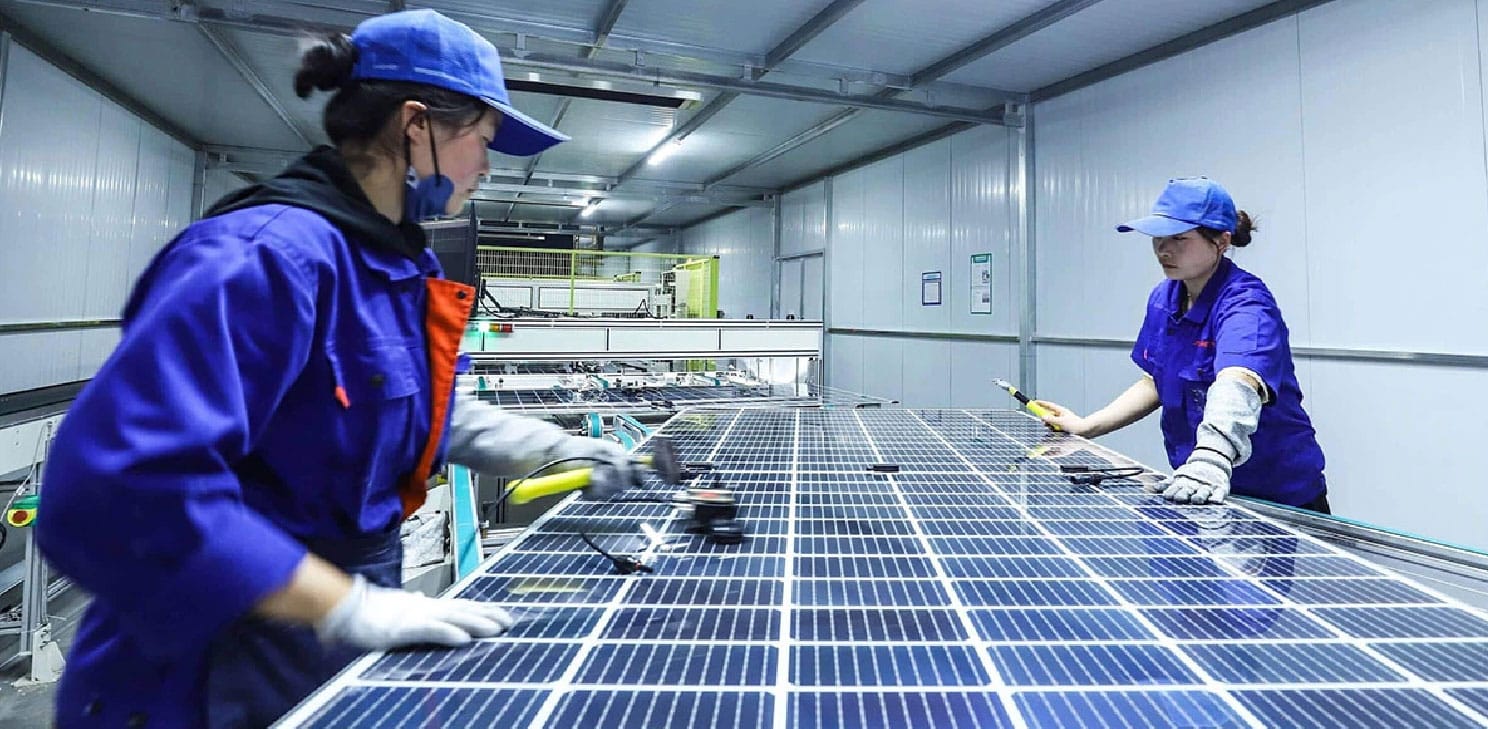The concept of supervised autonomy is gaining attention as industries explore the potential of autonomous off-highway vehicles, particularly in sectors like mining, agriculture, and construction. These vehicles still benefit greatly from human oversight to ensure safety, efficiency, and adaptability in dynamic environments. Autonomous technology with human supervision provides a solution that showcases the strengths of both machines and operators.
One of the benefits of supervised autonomy is its ability to increase safety. Autonomous off-highway vehicles are equipped with advanced sensors, algorithms, and real-time decision-making capabilities that allow them to navigate complex terrains with precision. Human operators, overseeing the vehicle’s operation, can step in when the system encounters an unfamiliar or hazardous situation that the AI may not handle as effectively. This human intervention can prevent accidents or costly mistakes, ensuring that the vehicle operates in a way that adheres to safety standards and minimises risk.
In addition to safety, supervised autonomy enhances productivity. Autonomous vehicles can work continuously without fatigue, allowing them to perform repetitive tasks like hauling materials or ploughing fields more efficiently than human workers alone. By combining machine efficiency with the situational awareness and decision-making skills of a human operator, companies can achieve higher output without compromising quality or flexibility. Supervisors can also adjust the vehicle’s operations in real-time, ensuring that it adapts to changing conditions, such as weather, terrain, or workload, which is a level of adaptability that fully autonomous systems may struggle with in unpredictable environments.
Supervised autonomy plays an essential role in changing the nature of the workforce. Instead of replacing operators entirely, it offers an alternate solution of giving them training to manage and oversee a fleet of autonomous vehicles and changing their job role from something that was risky and involved manual labour to one that only demands supervision and optimisation. This change provides new opportunities for skilled operators, reducing the burden of physically demanding labour while still requiring their expertise in overseeing complex tasks. As automation continues to advance, this hybrid approach ensures that workers can still gain employment in their sector while the machines handle the heavy labour.
Supervised autonomy can change how labour is utilised by industries reliant on off-highway vehicles, combining the best of both human skill and machine efficiency. This balance offers safer, more productive environments while enabling workers to remain in gainful employment and be given training for higher job roles. To discuss supervised autonomy and the future of autonomous off-highway vehicles, hear keynote speeches about the latest innovations in the field, and visit a wide array of exhibitors, book your place to attend AOMTUSA – the 5th Autonomous Off-Highway Machinery Technology Summit taking place in Louisville, Kentucky, USA on December 10-11, 2025.
For more information, visit our website or email us at info@innovatrix.eu for the event agenda. Visit our LinkedIn to stay up to date on our latest speaker announcements and event news.













